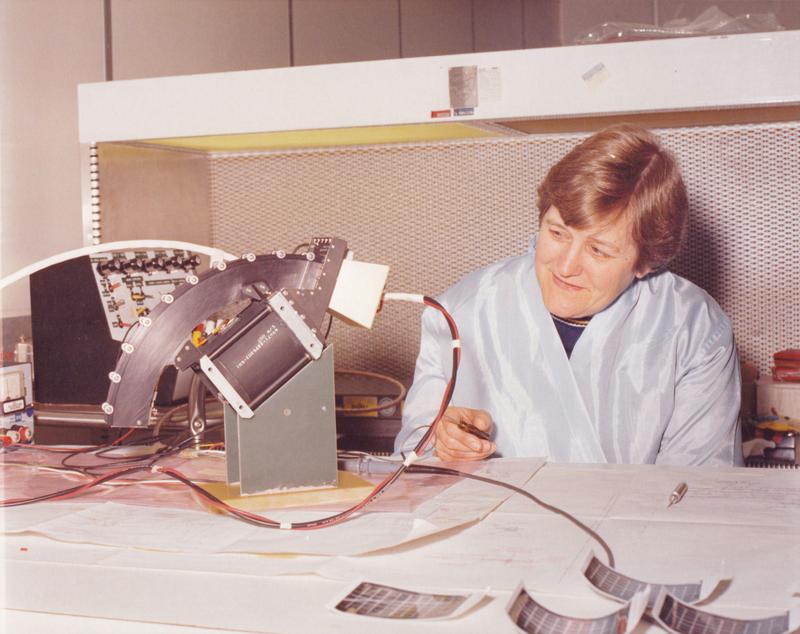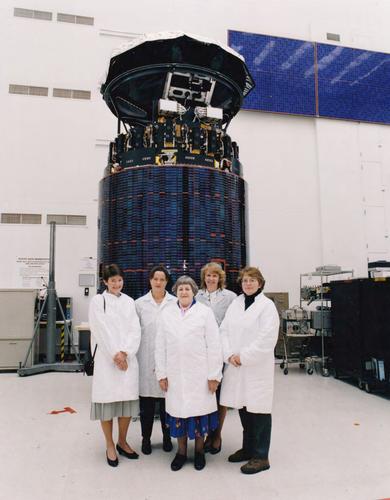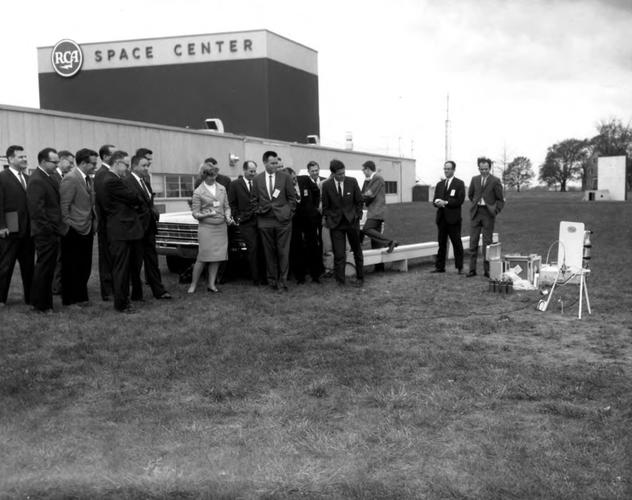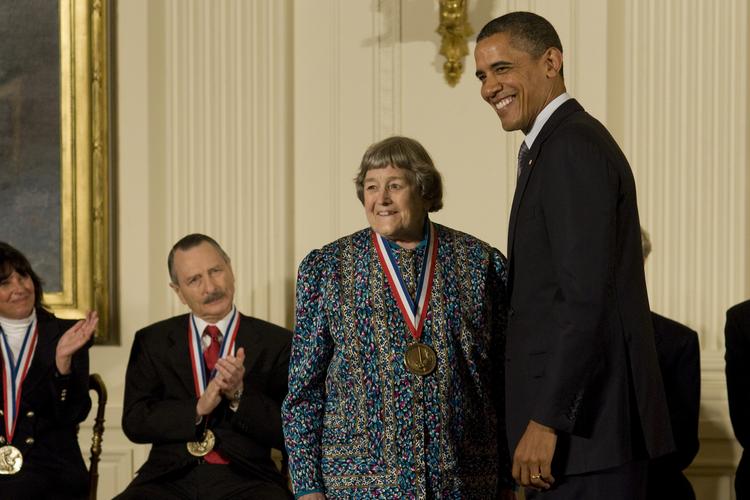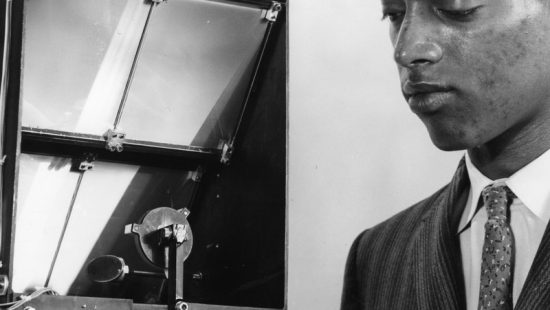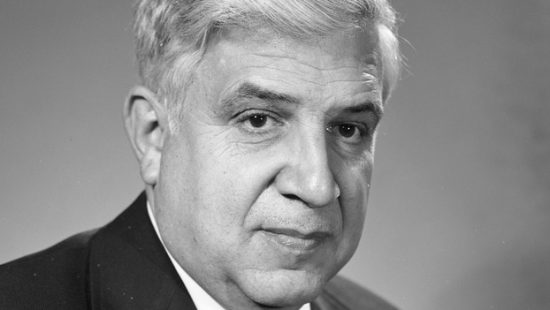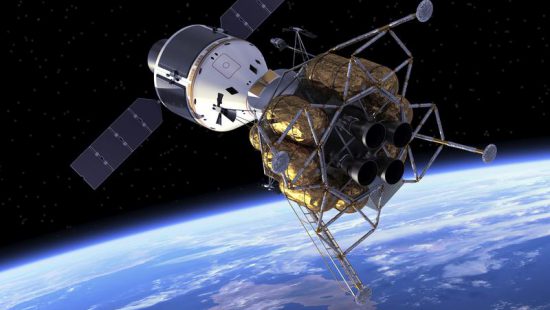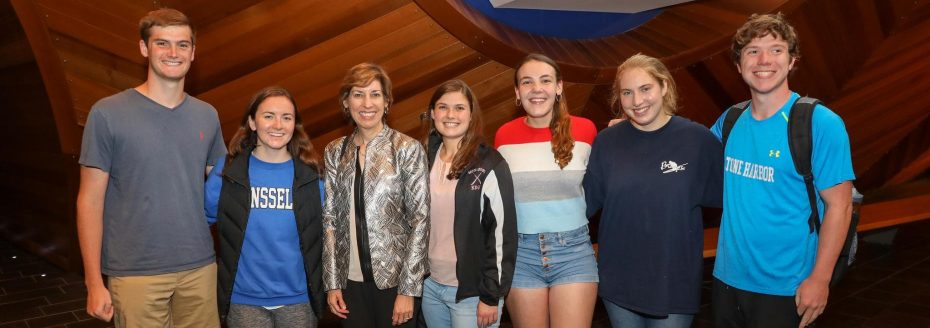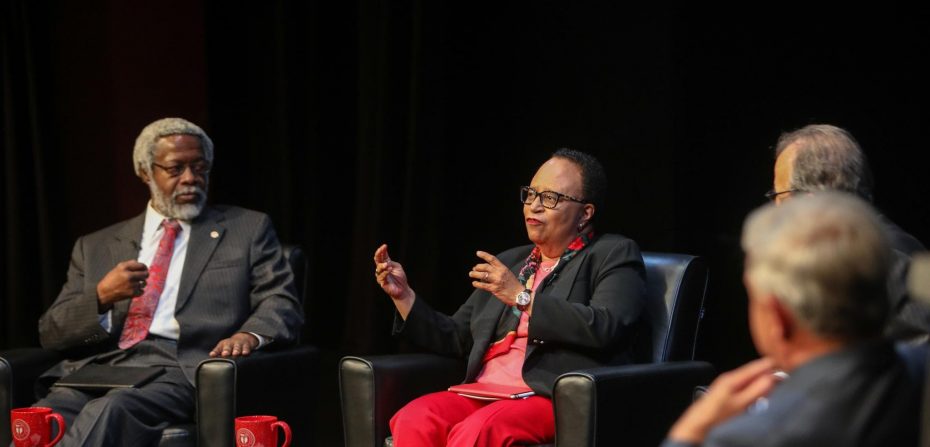For someone who was denied the chance to study engineering because of her gender, Yvonne Brill made a huge impact in the world of aeronautical engineering. Actually, questions of gender and discrimination aside, Yvonne Brill changed the world of spacecraft propulsion forever. Her professional work began with a series of pioneering studies that defined the industry performance standards for rocket propellants and outlined the complicated high temperature properties of rocket exhaust gas. “No performance calculations really existed for rocket…fuel combinations,” she remembered. “And we needed thermodynamic data up to 5,000 degrees Kelvin. And the National Bureau of Standards tables…only went to 2,000 or 3,000. So we had to extend those tables beyond, which we did.”
Brill soon moved on from crunching theoretical numbers to designing the systems herself. She worked on the propulsion systems for the world’s first weather satellite, known as Tiros, as well as for Nova, a series of rockets that were part of the Apollo Moon missions.
Her most famous invention is the rocket thruster she designed and patented known as the electrothermal hydrazine thruster. The EHT kept orbiting satellites truer to their designed orbits and used less fuel than other methods. That allowed spacecraft to carry more equipment, more easily send their data back to earth, and stay in space longer. Since its invention, hundreds of EHT rocket engines have been launched.
Brill worked tirelessly not only on her own science, but on encouraging other women to enter the science and engineering fields. She often brushed aside questions about the discrimination she faced, but emphasized that she proved herself with hard work. “There was a very old-line person, typical stodgy old-line person in charge of personnel,” at one of the companies she worked for she recalled. “And his argument was, ‘How could a woman with three children ever get to work on time?’ And years later … he apologized to me and said I really had worked out very well.”

